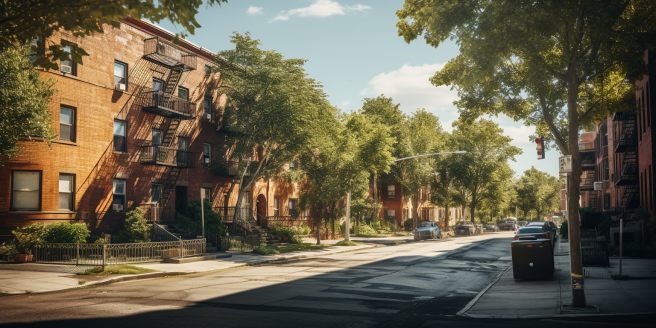Navigating the world of affordable housing can often feel like trying to solve a puzzle with missing pieces. But it doesn’t have to be so daunting. This blog post is here to break down the ABCs of affordable housing, guiding you through the role of government, the various programs available, the common challenges faced, and the tangible impact these housing options can have on communities. So, grab your coffee and let’s dive in!
Exploring the Basics of Affordable Housing
Affordable housing—it’s a term we hear a lot, but what does it really mean? Fundamentally, affordable housing is meant to be a safe and secure home that doesn’t break the bank. It’s for individuals and families who can’t shoulder the typical market-rate rent or mortgage payments. The idea is that housing should only take up a certain percentage of your income, often cited as 30%, so you’re not living paycheck to paycheck just to keep a roof over your head.
Understanding the qualifications for affordable housing is critical, too. Eligibility can be based on factors like your income, family size, and sometimes, other criteria like age or disability. Getting your head around these basics can be your first step towards finding a home that allows financial breathing room.
The Role of Government in Housing Affordability
Now, you might be wondering, where does the government fit into the picture? Think of the government like the referee in a sports game—they set the rules and provide assistance to make sure everyone gets a fair shot at scoring a home.
From federal to local levels, governments have a hand in funding construction, offering subsidies, and passing laws that promote the development and preservation of affordable housing units. They also run key programs and tax incentives aimed at assisting not just tenants but developers to encourage the building of affordable units.
Key Affordable Housing Programs and Initiatives
Alright, so let’s talk specifics. There are several programs out there designed to ease the strain of high housing costs. For instance, the well-known Section 8 program provides vouchers that cover a bulk of rent, allowing recipients to choose their own living space within the private market.
Then there’s public housing, which is often directly owned by the local housing authority, offering reduced rents. And not to be overlooked are initiatives like Low-Income Housing Tax Credits (LIHTC), which give tax breaks to developers for setting aside units at reduced rents.
Knowing which programs you may be eligible for, and how they operate, can be a game-changer in your search for affordable housing.
Challenges and Solutions in Providing Affordable Housing
Of course, it’s not all smooth sailing. Waiting lists for affordable housing can be longer than a summer day, especially in high-demand areas. And sometimes, the amount of available housing just doesn’t meet the need—leading to a shortage that can feel like you’re trying to win the lottery.
But there are solutions. On a larger scale, advocacy for increased funding and innovative housing policies can pave the way. For the individual, seeking out local housing nonprofits for assistance and being persistent with applications can sometimes cut through the tape. Remember, knowledge is power—understanding your rights and the resources at your disposal can help carve out a path to success.
The Impact of Affordable Housing on Communities
Finally, let’s talk impact. Affordable housing isn’t just about a shelter—it’s about building communities. When residents aren’t overburdened by housing costs, they have more to spend locally, boosting the economy. It also can foster diversity and inclusivity, allowing people from varied backgrounds to live in areas with access to better schools and job opportunities.
Moreover, stable and affordable housing has been tied to improved health and educational outcomes. It’s a cornerstone for building a thriving community fabric, one where every individual gets to contribute to society without the looming worry of an unaffordable rent check.
Affordable housing is about more than bricks and mortar; it’s about the foundation of a secure life. I hope this guide has shed some light on the labyrinth that can be housing affordability. Keep digging, keep asking, and remember, there are solutions out there. Your journey to an affordable home is not a solo trip—it’s a shared ride with a community of support.



